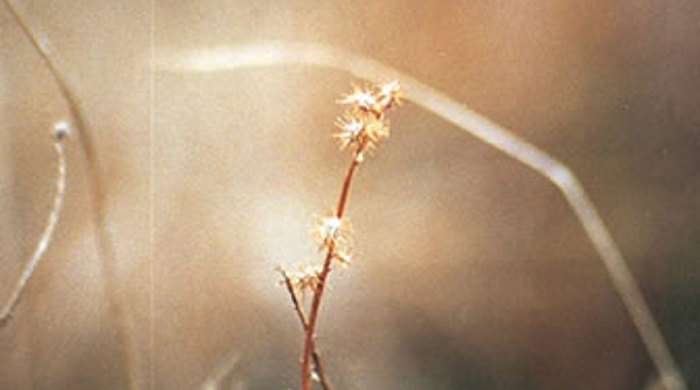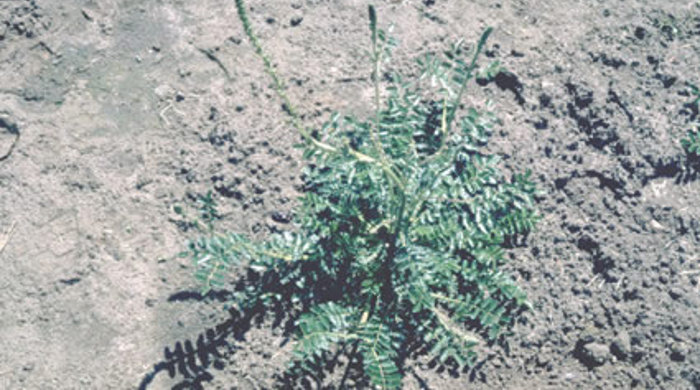Acaena agnipila
Sheep's bur
Family: Rosaceae
Origin: Australia
Regional Pest Management Plan (RPMP) status
- Whole region — Sustained control
- Hauraki Gulf Controlled Area Notice pest
General description
Erect, clump-forming perennial herb < 80 cm tall. Leaves are divided into pairs of toothed, soft-haired leaflets.
Flowers are spiny, green with purple anthers, and borne on narrow flower spikes. Fruits are covered with red, barbed spines.
What you need to know
To help protect our environment:
- You must not breed, distribute, release or sell sheep's bur within the Auckland region.
- You must not plant sheep's bur within the Auckland region, unless you are transferring an existing plant on your land to another location within the boundaries of the same property.
- You must destroy any sheep's bur on land that you occupy if it has been planted in breach of the above rules and you are directed to do so by an authorised person.
Habitats
Grassland, pasture, riverbeds, roadsides, wastelands, plantations.
Dispersal
Seeds dispersed by attachment to wool, fur and clothing.
Impact on environment
Burs get tangled in and contaminate sheep wool.
Control
Site Management
Maintaining good pasture cover can prevent establishment or suppress an infestation. Prevent overgrazing especially in summer. Other herbicides are available for selective use in pasture.
Recommended approaches
Physical control
Method: Dig or grub out at least the first 5cm of taproot.
Plant parts requiring disposal: Seeds.
Disposal options: Remove to greenwaste or landfill if practical.
Biocontrol
Biocontrol is currently not available for this species.
Community agrichemical control recommendations
No qualifications: Foliar spray with 100ml glyphosate green per 10L of water.
Certified Handler/Experienced agrichemical user: Foliar spray with 100ml glyphosate green per 10L of water and 20ml penetrant.
Safety notes
Seeds have spines.
Caution: When using any herbicide or pesticide please read the label thoroughly to ensure that all instructions and safety requirements are followed.





